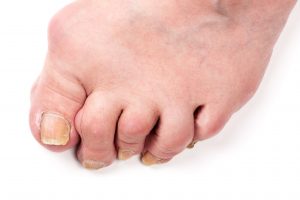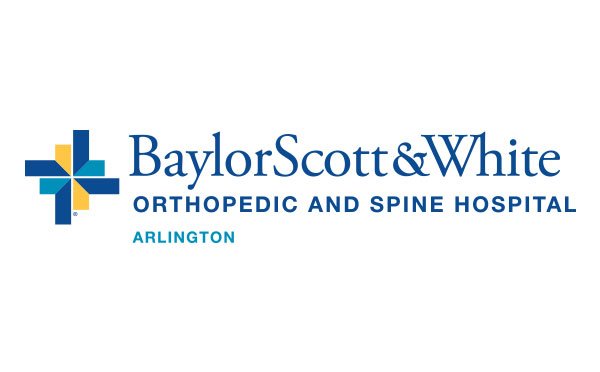Hammer Toe
 A deformity that causes the toe to bend or curl downward rather than forward, Hammer Toe directly affects the Phalange Metatarsal joint. Hammer Toe can affect any toe on the human foot but typically develops on the second or third toe. Hammer toe typically develops over time rather than at birth.
A deformity that causes the toe to bend or curl downward rather than forward, Hammer Toe directly affects the Phalange Metatarsal joint. Hammer Toe can affect any toe on the human foot but typically develops on the second or third toe. Hammer toe typically develops over time rather than at birth.
Causes of Hammer Toe
While individuals may have Hammer Toe from birth, hammertoe most often develops over a period of time or from a traumatic injury to the affected toe. Common causes of Hammer Toe include
- Trauma
- Arthritis
- High foot arch
- Wearing shoes that do not fit
- Bunions
- Tight ligaments or tendons in the foot
Symptoms of Hammer Toe
The most apparent symptom of Hammer Toe occurs while walking. Patients commonly report symptoms of discomfort or pain while walking, stretching, or moving the toe. Common symptoms of Hammer Toe include:
- Calluses
- Difficulty or pain with walking
- Toe bending downwards
- Inability to move toes
How to treat Hammer Toe
If a patient suspects they may have hammer toe, the patient should see an orthopedic foot and ankle specialist very quickly so the deformity does not progress. When caught early, patients can typically avoid any surgical intervention. Patients should see an orthopedic surgeon rather than a podiatrist due to the training that board certified orthopedic foot and ankle specialists receive. When seeing a foot and ankle orthopedic specialist for hammer toe, the physician initially starts with conservative treatment. First, the doctor conducts a physical examination of the patient and orders diagnostic testing if needed. Using conservative treatment to correct hammertoe, a doctor has the patient start with wearing properly fitted shoes (if applicable), or adding insoles or orthotics to the patients shoes. Orthotics may help improve the arch of the patient’s foot, and correcting the hammer toe.
If conservative treatments do not work, the surgeon opts for surgical intervention. Surgeons perform Hammer Toe surgery with the patient under general anesthesia. When under general anesthesia, the patient remains asleep for the duration of the surgery and cannot feel any of the procedure. During surgery, the surgeon repositions the toe and removes any injured or deformed bones. Next, the surgeon tightens or realigns any affected ligaments or tendons.
The surgeon also looks at the joints and makes any necessary repairs or concessions. can’t.
To view a list of all insurances that AOA Orthopedic Specialists accept, click HERE. To schedule an appointment online, click HERE.
EXPERIENCING foot pain? CALL 817-375-5200 TO SCHEDULE AN APPOINTMENT WITH AN AOA ORTHOPEDIC SPECIALIST TODAY!


